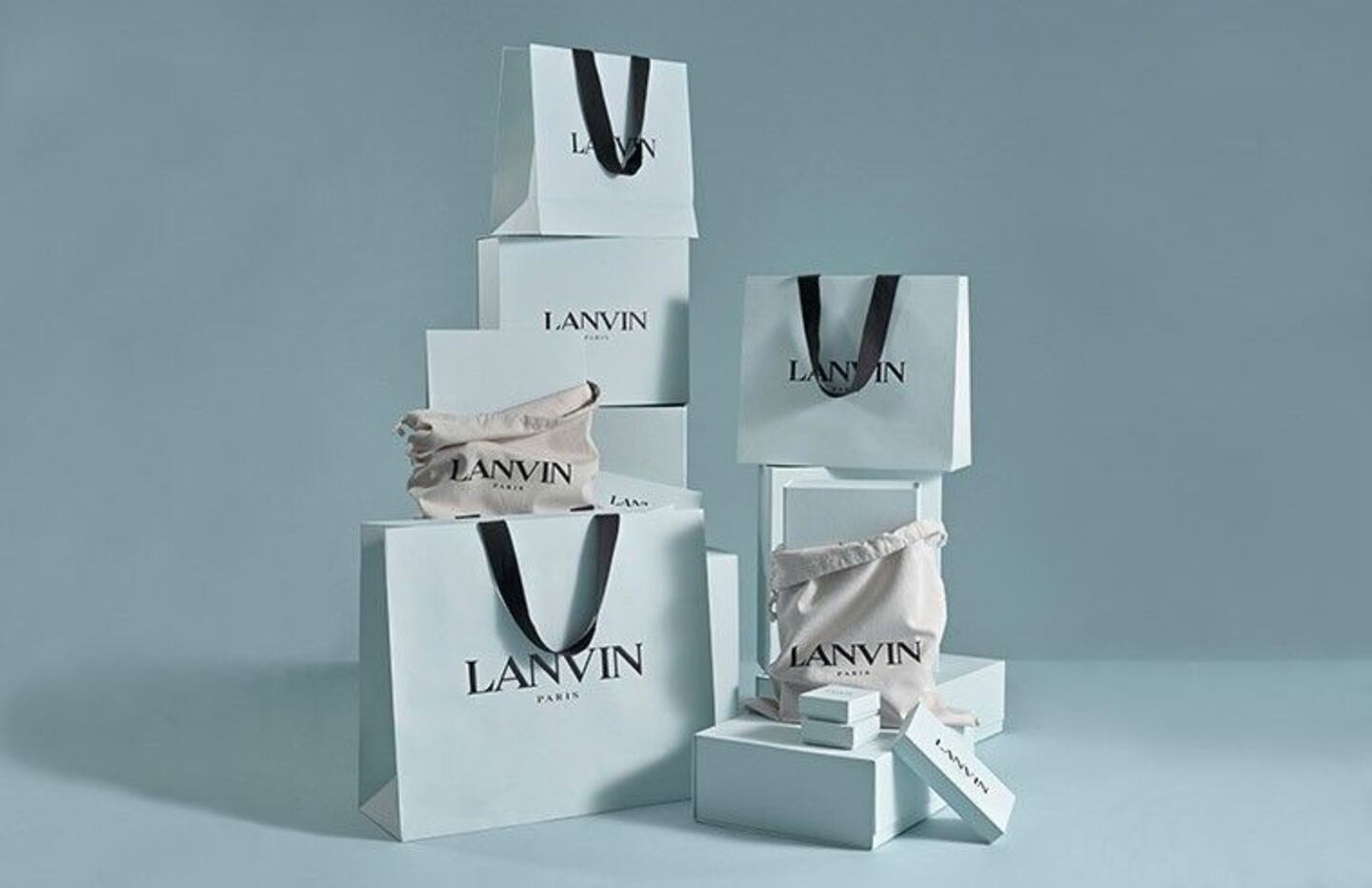
The Business of Fashion
Agenda-setting intelligence, analysis and advice for the global fashion community.

Agenda-setting intelligence, analysis and advice for the global fashion community.

The newly-renamed entity owns brands including Lanvin, Sergio Rossi, Wolford, St John Knits and Caruso and has taken on new investors and strategic partners as part of the revamp.
Lanvin Group’s investors now include Japan’s Itochu Corporation, a trading and textile company, Chinese footwear giant Stella International and private equity firm, Xizhi Capital. Its latest capital round brings the value of the fashion group to $1 billion, according to a press release.
“Lanvin Group will draw upon Itochu and Stella International’s market expertise, know-how and resources in the luxury footwear and textile categories to boost our global supply chain and distribution capabilities. This will not only enable our portfolio brands to build a strong foothold in the Japan market and broaden their product offering, but also enable them to meet growing luxury demand both globally and in China,” said Lanvin Group chairman, Joann Cheng.
The former Fosun Fashion Group has been busy over the pandemic period, adding both new brands (it purchased Sergio Rossi in June) and building out its network of strategic partners, which also include New World Development’s luxury shopping mall group K11, Chinese e-commerce partner Baozun, Chinese fashion and luxury marketing player Activation Group and apparel manufacturer Neo-Concept Group.
ADVERTISEMENT
The five Lanvin Group brands currently boast some 200 retail stores and 1,000 points of sale in more than 60 countries, according to the company.
Learn more:
Fosun Fashion Group Acquires Sergio Rossi
The Chinese owner of Lanvin, St Johns and Wolford adds the Italian luxury shoemaker to its growing stable of brands.
With consumers tightening their belts in China, the battle between global fast fashion brands and local high street giants has intensified.
Investors are bracing for a steep slowdown in luxury sales when luxury companies report their first quarter results, reflecting lacklustre Chinese demand.
The French beauty giant’s two latest deals are part of a wider M&A push by global players to capture a larger slice of the China market, targeting buzzy high-end brands that offer products with distinctive Chinese elements.
Post-Covid spend by US tourists in Europe has surged past 2019 levels. Chinese travellers, by contrast, have largely favoured domestic and regional destinations like Hong Kong, Singapore and Japan.